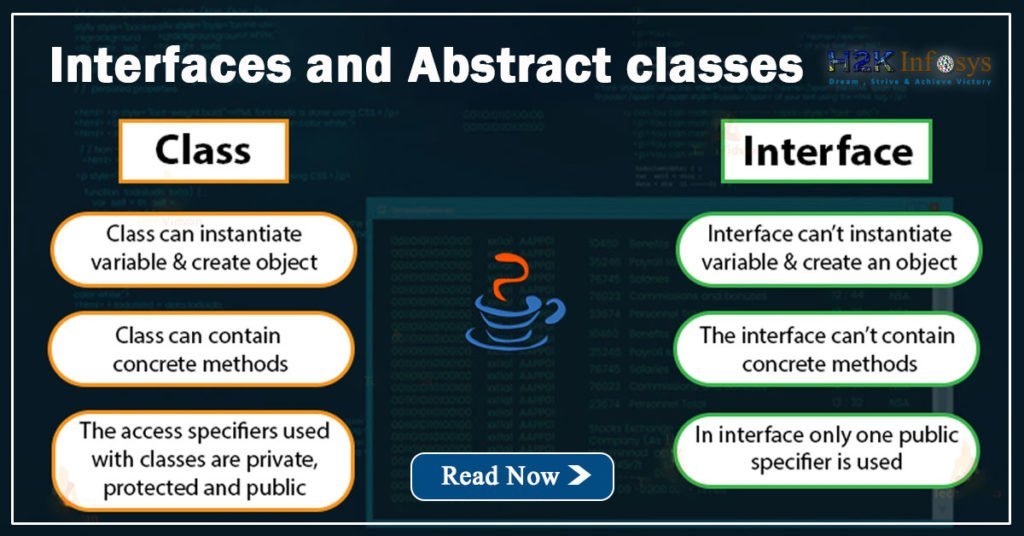Changing the funding model from traditional project-based funding to Agile funding (which is based on product teams) is one of the bigger challenges faced by organisations when they decide to switch from a project-based delivery framework like waterfall to a more product-based framework like Scrum. You can learn more about Agile funding by checking out the Agile training online.
The problem with project Agile Funding
This is the usual procedure in a world where projects are the focus:
- You identify a problem, specify the effort necessary to fix it, and frequently include a target date or deadline for when the problem must be resolved. Usually, you set the deadline before you completely comprehend the work required to solve the problem, so you can’t anticipate how long it will truly take to solve it.
- The next stage is to create a project budget after you’ve determined the start date and scope of the task. To do this, it must be determined how many personnel will be needed to finish the task in the allotted time. You total the number of “heads” and their associated costs for the anticipated project period. Sometimes you just anticipate you’ll need a certain person for a short period of time, making them a fractional “head,” which helps to somewhat lower the project’s overall cost. You hire them and bring them to the task at hand for the duration of the project.
- You now have your budget because you have determined the time frame, the job, and the involved parties. Before any work can start, the powers that be must approve and lock in this budget.
- After that, you put together the team, go to work, and monitor and report on the project’s burn rate until it is finished. Because of everything said above, you’ll probably need to request more money or time to do the assignment, which is typically underestimated.
- After many hours and money have been invested in the project, when it is finally complete, you release the solution in the hopes that it will resolve the issue you had initially noted.
- You break up the team, sending the members to different teams and projects to do fresh tasks.
- If your huge wager doesn’t fulfil the requirement, you start the cycle over to define “phase two,” but you might have to locate a new team because the previous team members are now working on new projects. Even worse, none of them might be accessible since they are committed to other, more urgent projects. As a result, you would have to wait until the next phase of your project was approved before the needs would be satisfied.
We typically take on the aforementioned project cycle once a year, predefining all the tasks or issues to be resolved. This prevents flexibility and shifting priorities when we learn new knowledge since we do it all at once. We plot the course and follow it till we get to the intended location. New items must wait until the following annual approval cycle and may or may not be accepted for the following course.
The benefits of product Agile Funding
The model is entirely different when supporting a product as opposed to a project. You are no longer concentrating your efforts or directing resources to a single effort to address a single problem. You are selecting the products in your product portfolio for longer-term investments by taking a look at your portfolio as a whole.
These variations demonstrate how product funding in an Agile setting is clearly superior:
- Regardless of the specific issues to be resolved or opportunities you choose to seize along the road, you invest in the product by putting together a team or teams with all the skill sets required to enhance and sustain it over its lifecycle.
- As soon as these teams have a clear understanding of the product, you can assign them new tasks that are ranked according to their predicted value. In light of newly discovered issues or opportunities, updates to previously delivered solutions, or upkeep of the platforms that underpin the product, work now comes to the team in a continual stream.
- Important work that could result in worthwhile solutions is no longer waiting for employees to take time off from other commitments or for funds to be approved.
- The team is now free to work on the most crucial and valuable aspects of the product for you and your consumers because you have already determined your investment, that is, you are paying for a defined headcount at a set rate on an ongoing basis.
- The teams develop subject matter expertise, thus boosting their capacity to contribute to solutions, because they remain cohesive and committed to the product. They are now able to contribute to the development and maturation of the product on both a short- and long-term basis.
This is significantly better than traditional project funding since product development is an ongoing process that lasts the whole life of the product rather than being a one-time effort that we may abandon after a project.
Conclusion
A new finance mechanism is required for the switch to product delivery to be successful. To learn more about Agile funding, check out the Agile certification training online.

























